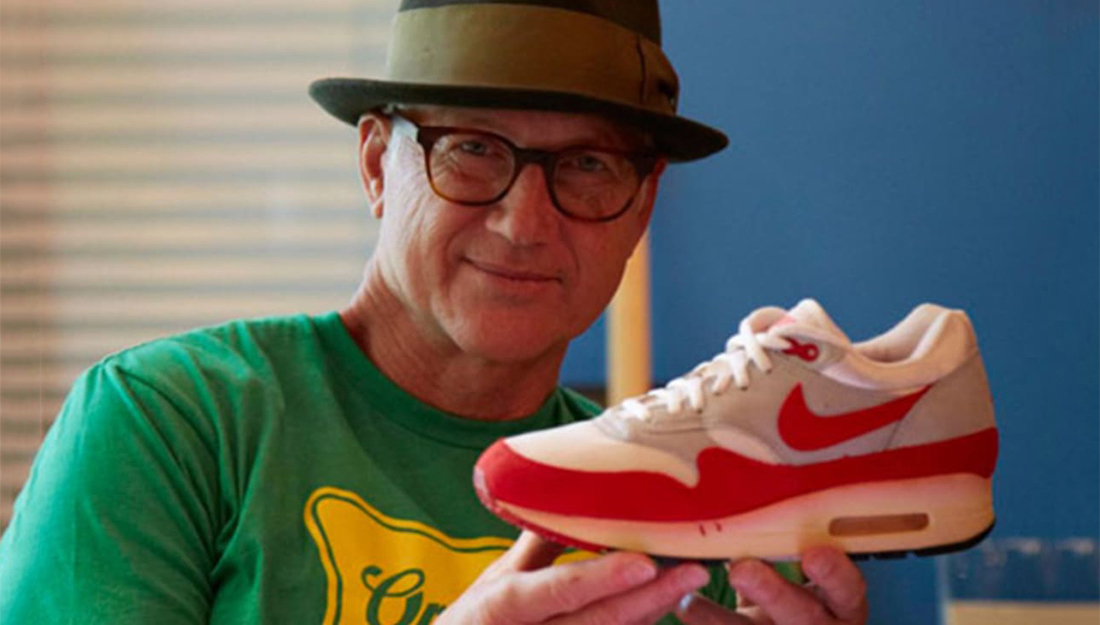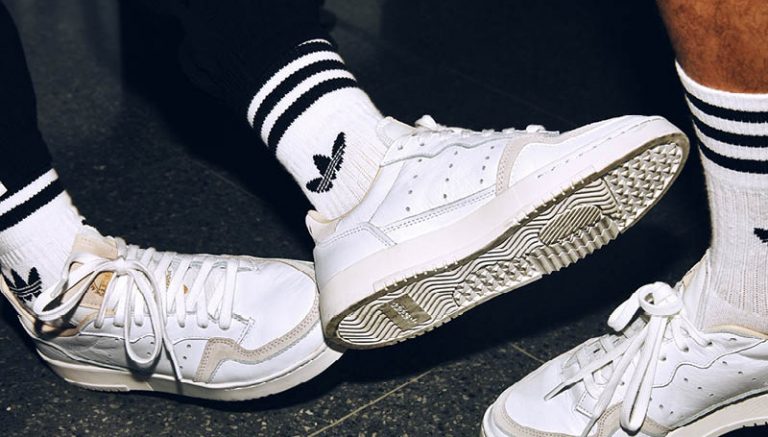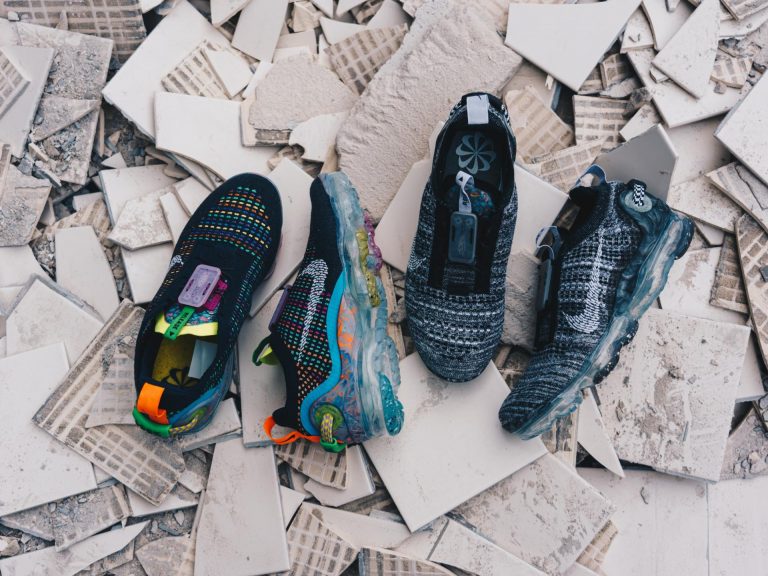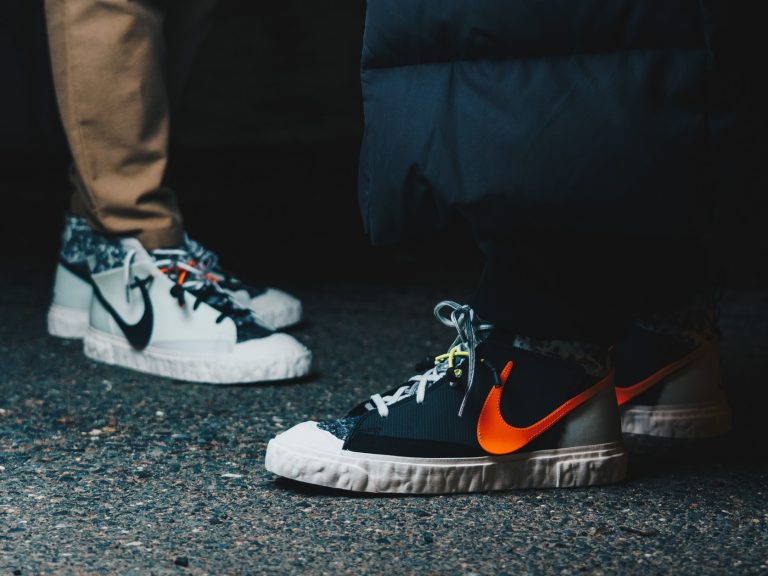Tinker Hatfield is undoubtedly one of the most important figures in Nike’s history. Let’s take a look at (not only) his career.
Since his childhood, Tinker played several sports – basketball, football and also pole vaulting, which got him a scholarchip at the University of Oregon. For his major, he chose architecture, but no one, including Tinker, really believed he would do that for a living. His coach was Bill Bowerman, who, along with Phil Knight, supplied the USA with Onisuka Tiger sneakers at the time – eventually, the two would start producing their own sneakers under the name Nike. Bill used to give some of his protéges, including Tinker, prototypes of their sneakers for testing purposes.
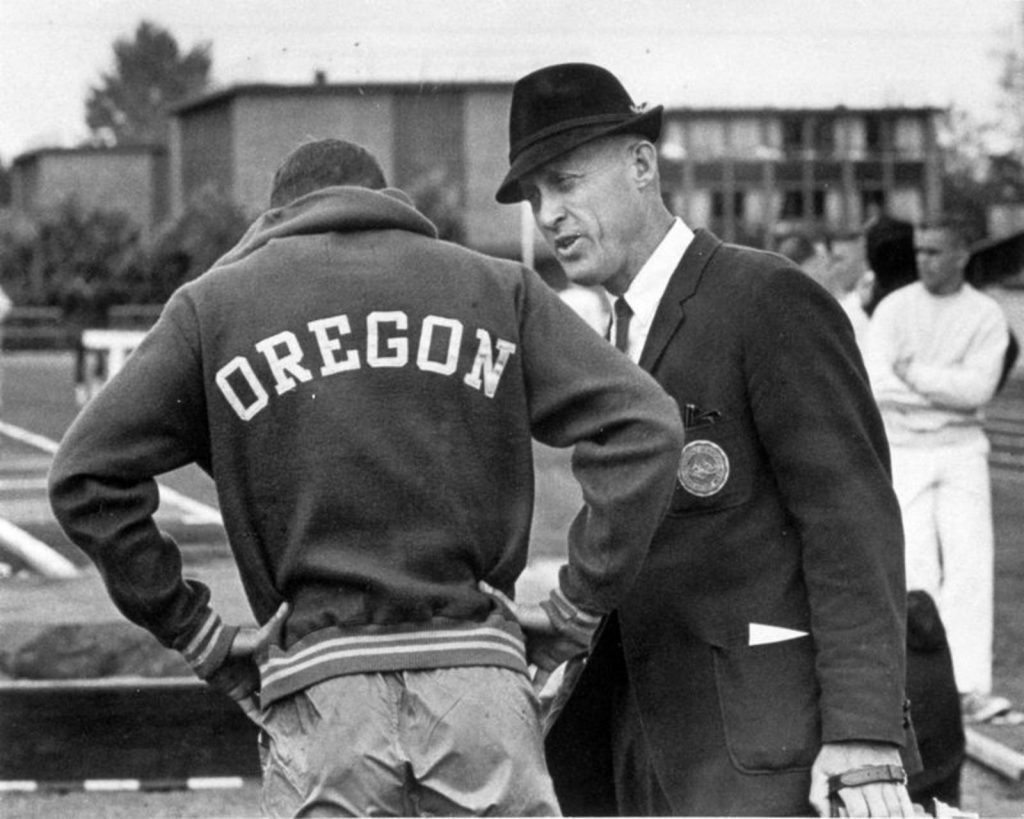
Unfortunately, during his first year, Tinker had a rather nasty accident, and so he spent a lot of his time in the library studying the history of architecture instead of training, which he later gave up completely to fully pursue his academic career. When he finished school in 1977, his ex-coach and now co-owner of a succesful brand offered him a job as head architect. Tinker’s job was designing Nike’s representative branches and offices. In 1981 he joined Bruce Kilgore’s team, which was at the time working on the revolutionary Nike Air Force Ones. Tinker enjoyed designing sneakers so much, that in 1985, he started working on his own running shoe. His only obligation was to incorporate the Air technology, which was at the time one of Nike’s main attractions, into the shoe.
Tinker realised that an ordinary customer couldn’t really comprehend what the Air technology actually did and how it worked. While looking at the Centre Pompidou in Paris, he came up with the idea of making the Air sole actually visible. After several unsuccesful attempts, long months of testing and convincing Nike executives, he arrived at the final outcome. On the 26thof March 1987, Nike released the now iconic Air Max 1 model, which started a new chapter for the Oregon brand and Tinker himself.
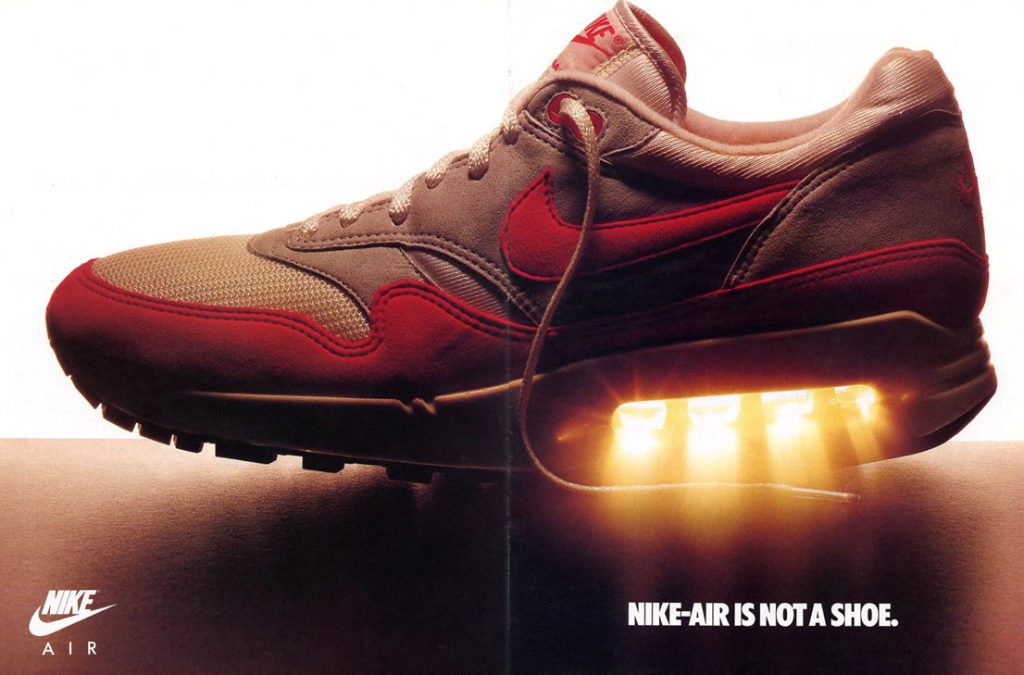
After the Air Max 1’s success, Hatfield collaborated on another very succesful Nike release – the Air Jordan 3’s, which were created in collaboration with Michael Jordan. The iconic logo, which represents the Jordan brand to this day – the Jumpman – appeared on these sneakers for the first time, along with, for example, the Elephant Print. Apart from that, these were the first mid basketball sneakers, and the first Jordans with a visible Air Unit.
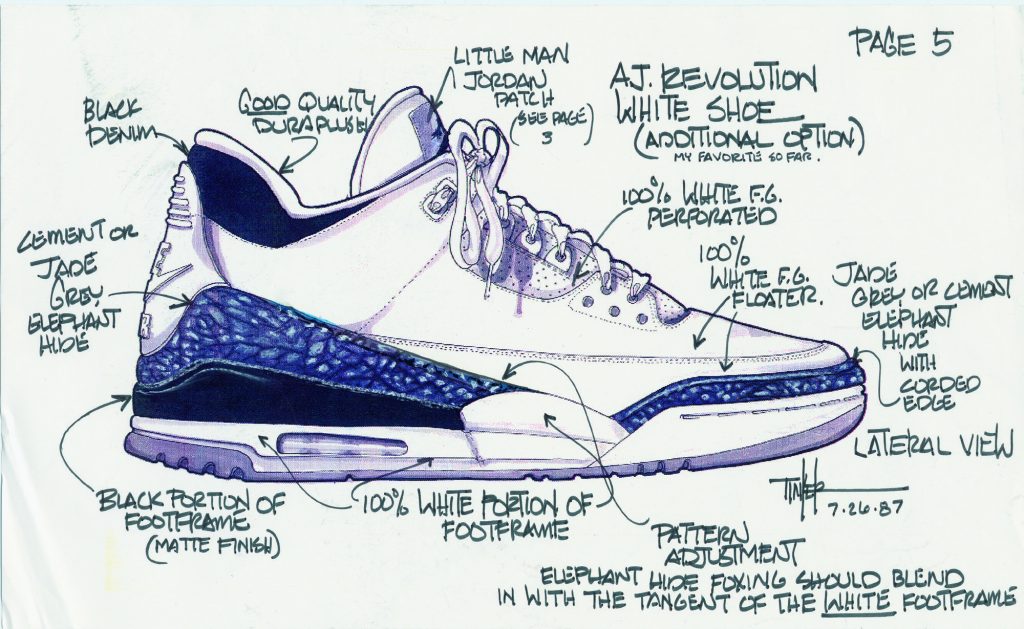
They were released in 4 different color combinations with a price tag of $100. One of the reasons why they became one of the best-selling models of the year could also have been the accompanying ad, which lists Spike Lee in its credits.
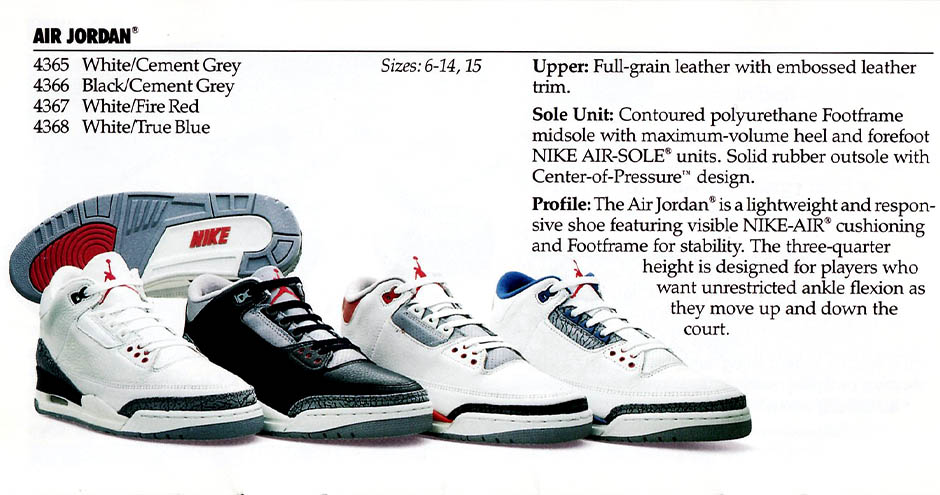
Nike and Michael Jordan were excited about the Air Jordan 3 model, so Tinker continued his work with Michael. A year later, the Air Jordan 4’s were released, and they were also a hit. They even appeared in Spike Lee’s movie, “Do The Right Thing”.
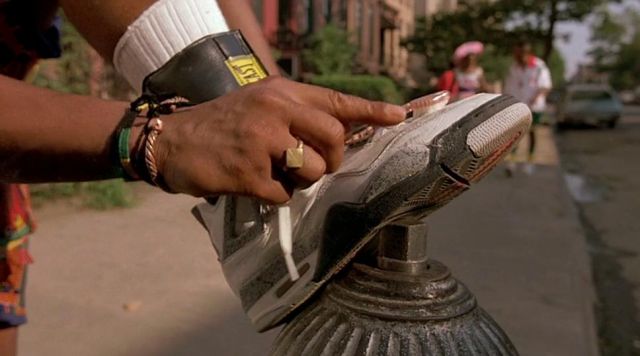
The same year, Tinker designed a shoe for another legendary sportsman, the tennis player Andre Agassi – the Nike Air Tech Challenge 2.
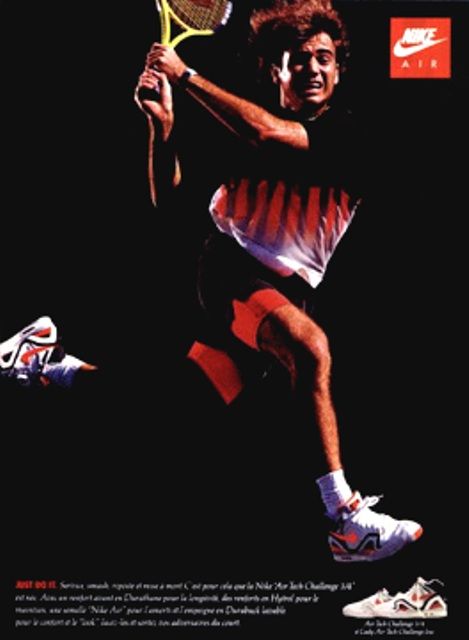
A year later, Tinker came up with a new design of the Air Maxes, where he tried to improve on the Visible Air Unit technology. This new design – the Nike Air Max 90, featured a bigger bubble, which offered even more comfort.
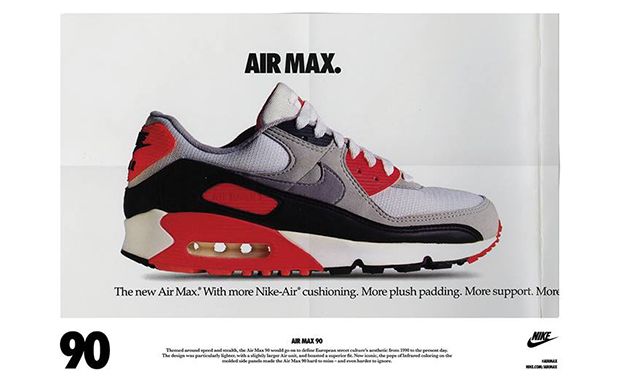
Apart from that, he re-designed the Jordan model and changed the whole concept of the shoe. At first glance, you could notice that the 5’s were higher then the last model. They also featured new materials, including 3M, which is a reflective material. 3M was utilised on the tongue or sole of the sneaker. Tinker also attempted to make tying up the laces easier – with some help from his lace locks, you could have your sneakers laced up in two clicks. Apart from Michael Jordan, they also became Will Smith’s favorite model, so they appeared frequently in the show Fresh Prince of Bel Air.
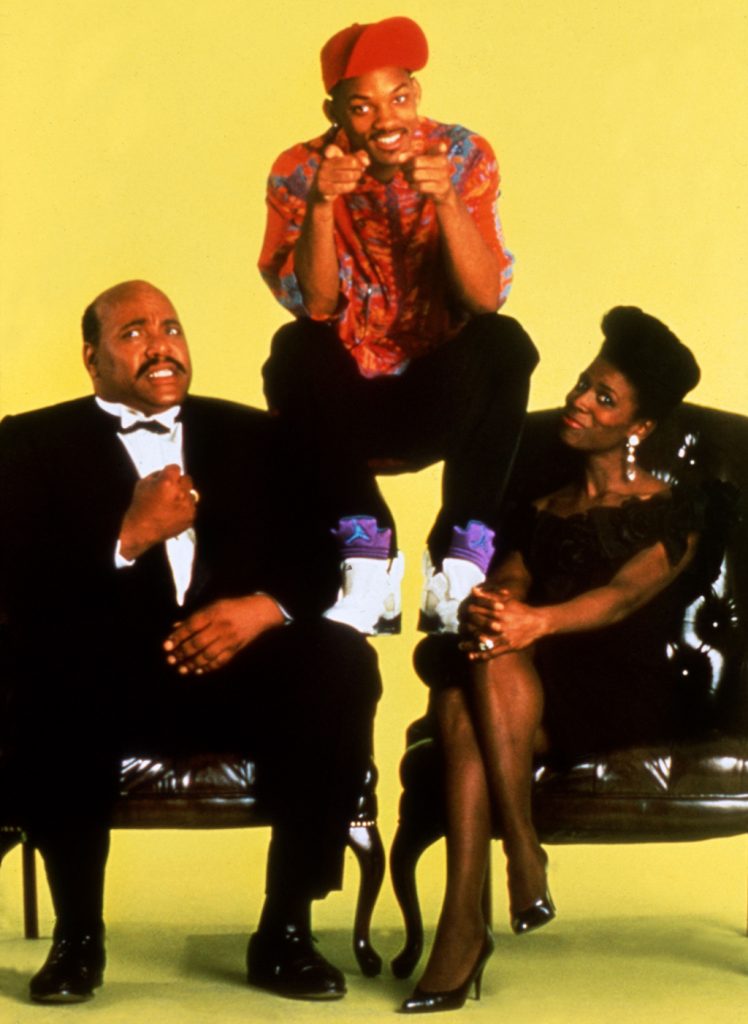
In 1991, Tinker came up with a new technology. It was called Huarache, and was basically a neoprene ‘sock’, which was inside the shoe. It was first used in the running model Nike Air Huarache. His inspiration for the technology and the shoe itself came to him when he was surfing.
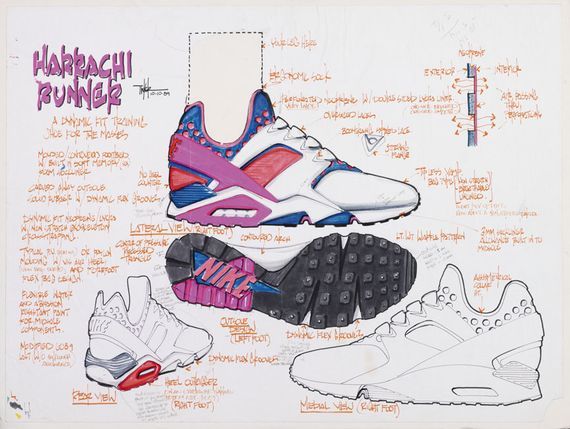
His collaborative efforts with Jordan were still in full swing, and together they released the 6thmodel from Jordan’s signature line. It was the Air Jordan 6’s that helped Michael Jordan get his team, the Chicago Bulls, into the finals, where they beat the Lakers and won Chicago’s first NBA title.

Tinker’s favorite model that he worked on were the Air Jordan 11’s. This model is accompanied by an interesting story that started in 1993, prior to the design process itself. In 1993, after winning another NBA title, Michael Jordan announced that he would be leaving the NBA. The whole world, including Nike, was shocked. Nike didn’t know what to do with with the Jordan product line. In the end, they decided that if Jordan doesn’t return to the NBA (which he wasn’t planning on), they wouldn’t be releasing the next models – except for the Air Jordan 9 and 10’s, which were already manufactured.
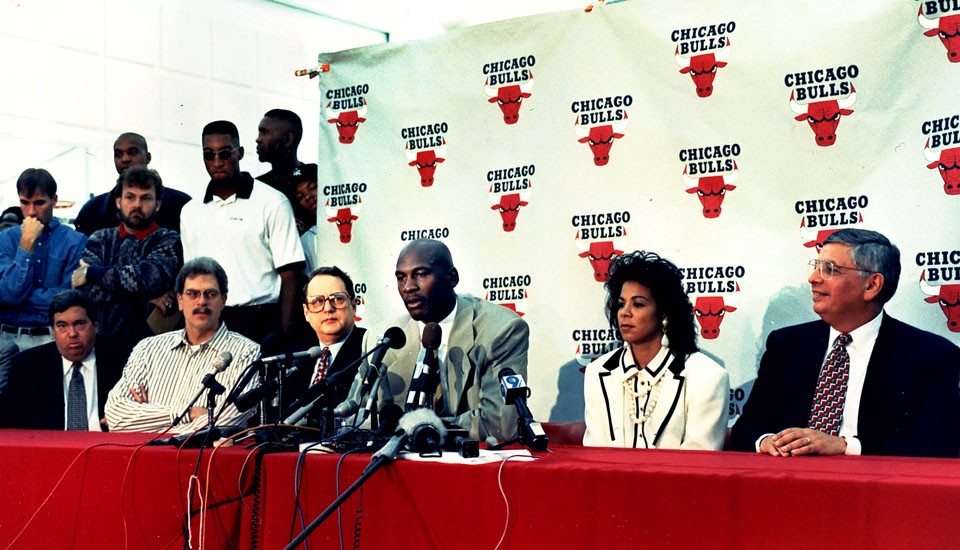
Despite being told not to, Tinker continued working on the Air Jordans and attempted to come up with a shoe that would highlight Jordan’s legendary status. To gain attention, he decided to use varnished leather on the shoe, which was something Michael Jordan already wanted to do. The top was completed with the balistic mesh material, which marked its first appearance on basketball sneakers. Another unique detail was using carbon on the soles of the sneakers.
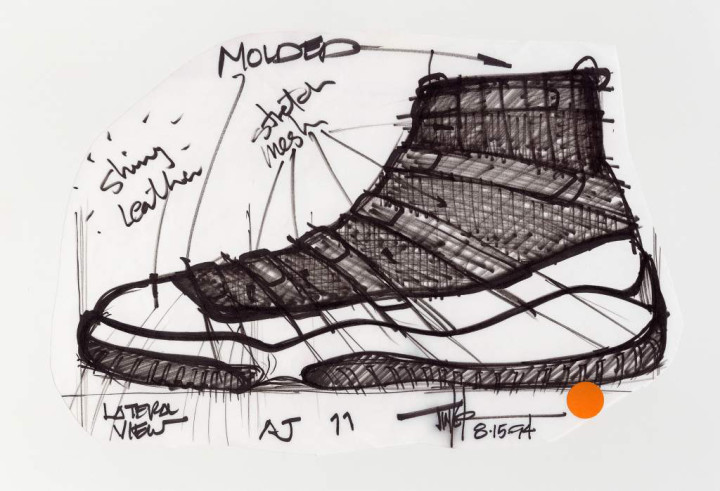
To everyone’s suprise, Jordan returned basketball field in 1995 and wore the 11’s during the playoffs. To be specific, he wore the Concord color combination, and was fined $5000, because it wasn’t in compliance with the Bulls team colors.
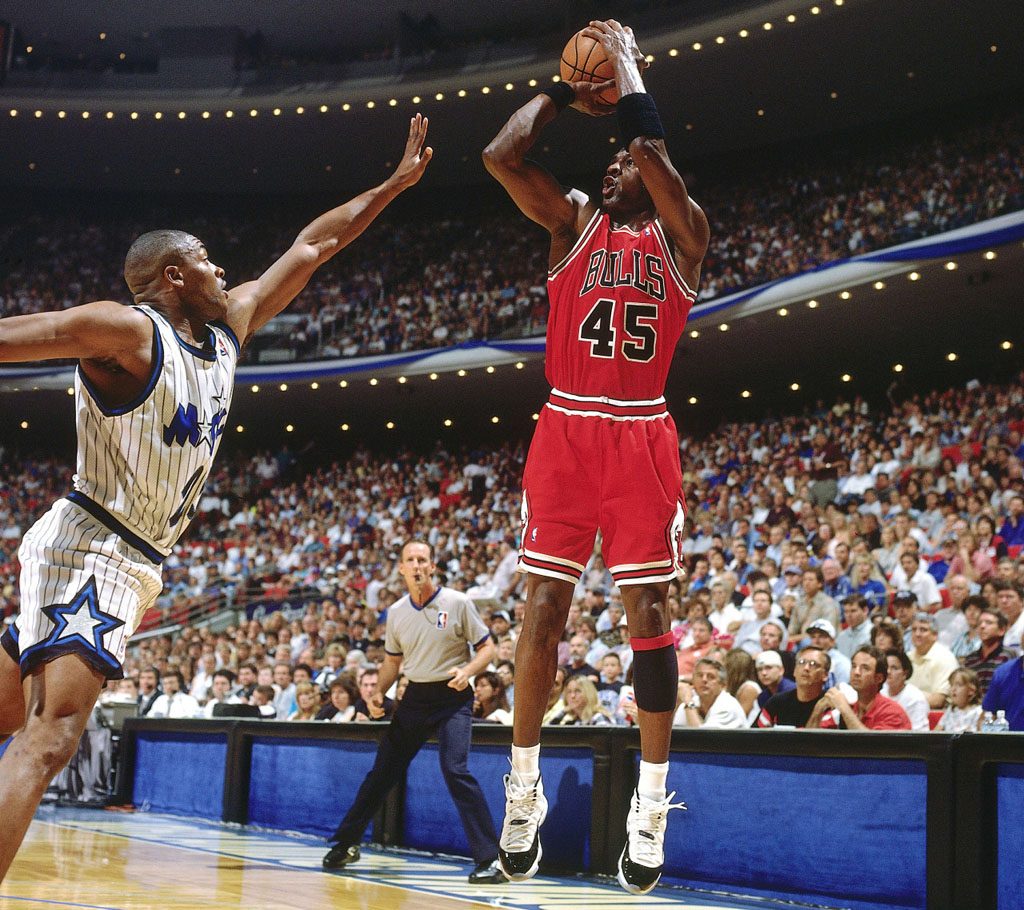
Apart from Jordan, Tinker also collaborated with another legendary basketball player – LeBron James. In 2003, LeBron signed a deal with Nike and wore the Nike Air Zoom Generation 1 model, which Tinker worked on. At first, Nike wanted Tinker to work more on LeBron’s product line. However, Tinker turned down the offer, because he and LeBron weren’t really on the same page.
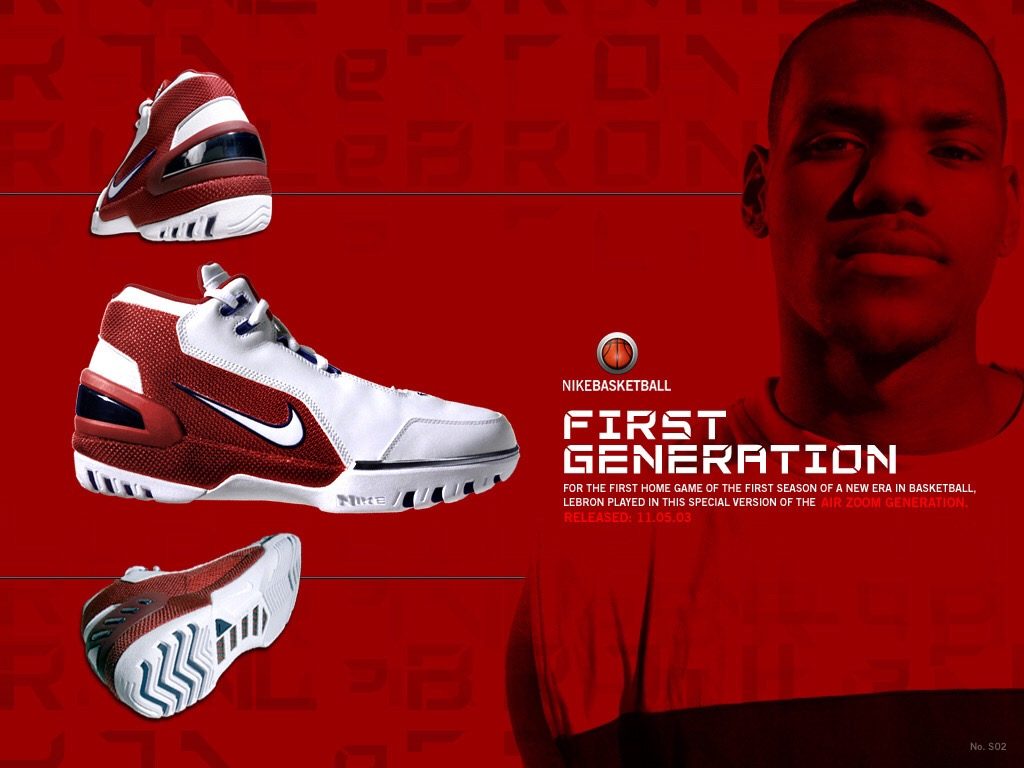
Sportswear shoes weren’t Tinker’s only field of expertise. One of his most famous projects are Marty McFly’s sneakers – the Air Mags. He designed them in 1989 for the movie Back to the Future 2. In 2011, fans of the movie could purchase a pair at an auction, with 1100 pairs available. In 2016, Nike made them available for purchase again, although there were only 89 new pairs made.
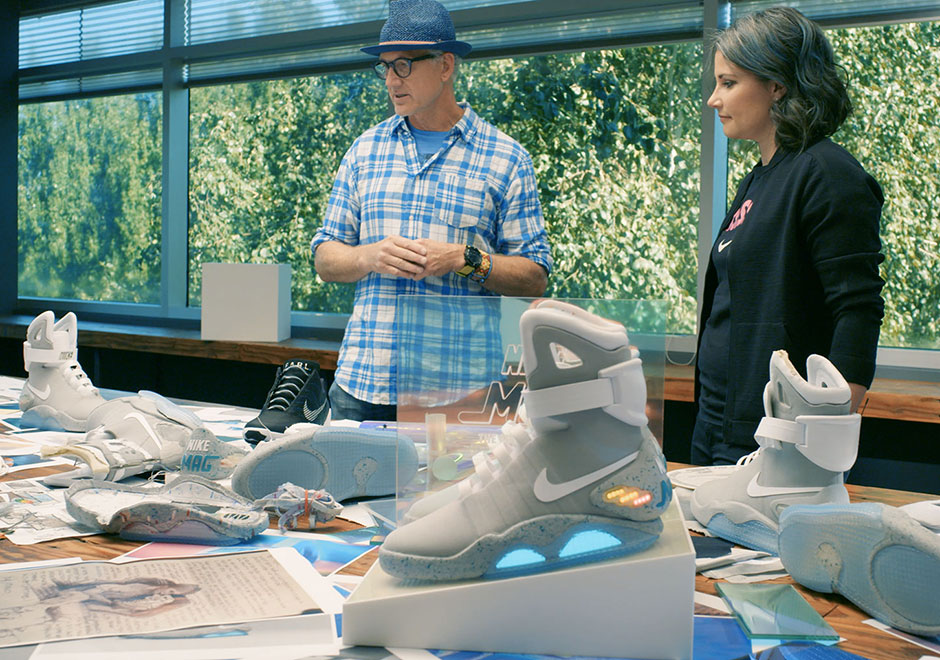
During his career at Nike, where he works at to this day, Tinker designed tens of models. Currently, he is the VP of design and innovation. He is, without a doubt, one of the most prominent personalities of the Nike brand, having had an important role in its history, and also probably that of the whole sneaker market.
In 2017, he appeared in an episode of the Netflix-produced show Abstract: The Art of Design. One final interesting piece of information – Tinker’s younger brother Tobias also works at Nike, where he designed the first Nike Free model.
- Steven Smith – “Dad of the dad shoe” - 8. 1. 2021
- Long forgotten Apple collections - 31. 12. 2020
- Iconic sneakers in movies - 11. 5. 2020
